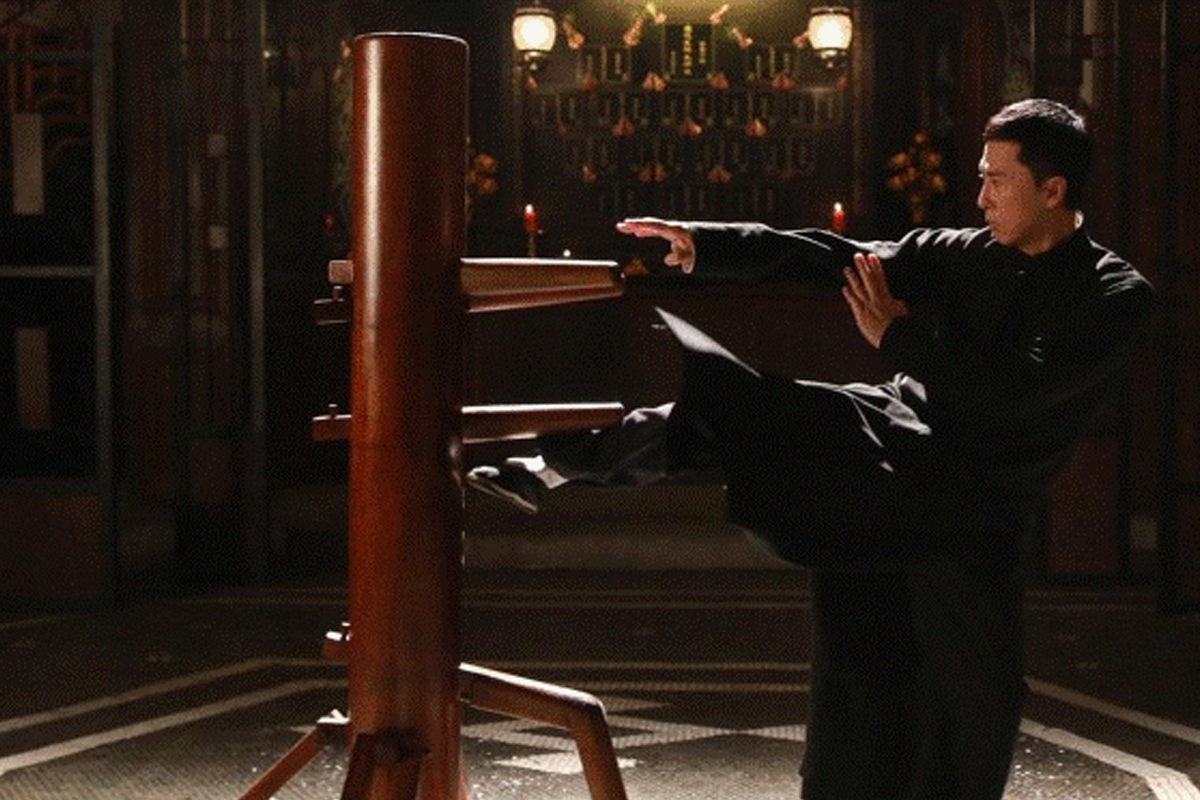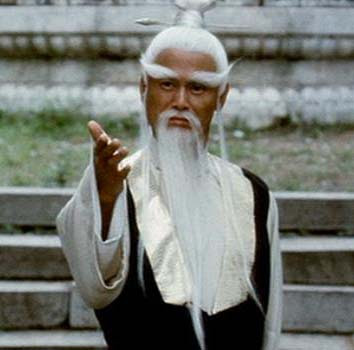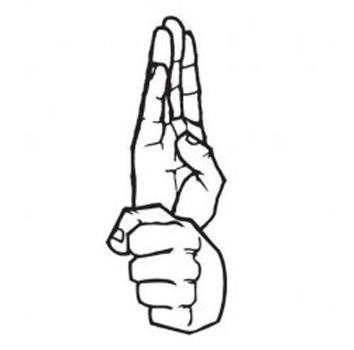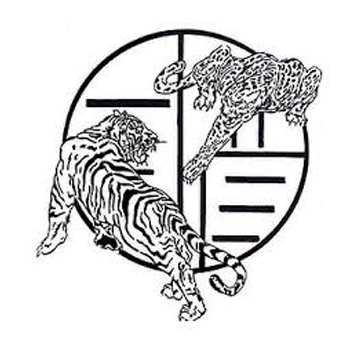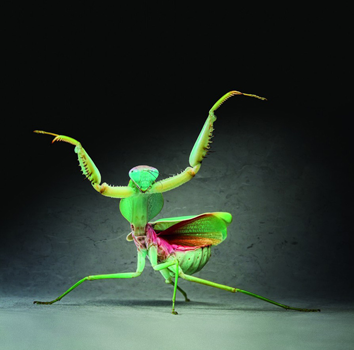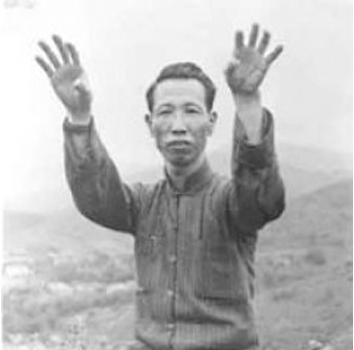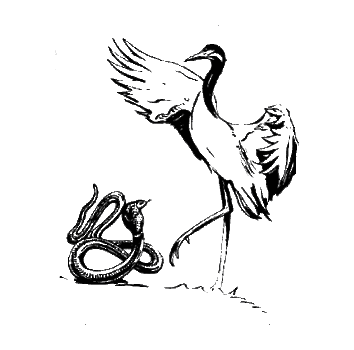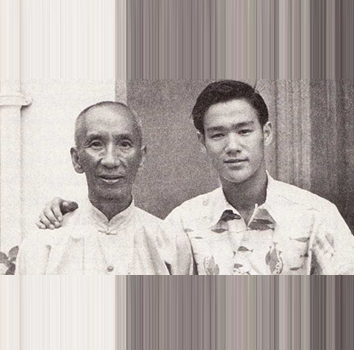Northern vs. southern: The north of China is mostly made up of high mountainous regions populated by tall and strong people. Hence their fighting arts stressed the importance of high and powerful kicks, wider and lower stances and rigorous training methods. Their fist movements are long and dramatic – as seen in Northern Shaolin, Long Fist, Eagle Claw and Monkey-style Kung Fu. All are exceptionally graceful when performed by a master and have deadly applications.
On the other hand, the marshy paddy fields of southern China are populated by relatively shorter framed people. Hence the arts developed there focused more on the use of hands over feet and narrow stances to avoid losing foothold on slippery ground. Shorter ‘bridge’ or connecting arm movements are typical of southern Chinese Kung Fu styles like Chow Gar Praying Mantis, Hung Gar and Choy Li Fut which are equally effective in their applications when compared to the northern styles.
(Note: Name “X” + Gar means X Family’s Kung Fu).
Young person vs. old person’s fighting arts: Both northern & southern Chinese fighting arts can be classified either as ‘hard’ or ‘soft’ styles or young vs. old person’s fighting arts. In general, arts whose training methods are based on defeating the opponent using superior strength and skill can be termed as hard styles, which typically depend on developing strong bones and muscles to generate strength. In other words, the training methods and output for such styles are best demonstrated by an average healthy young man. These arts include the various Shaolin styles, Eagle Claws, Hung Gar Kung Fu and Choy Li Fut. Once the training commences the effects are evident, but these need to be maintained by regular conditioning to maintain high standards of fighting skills.
Conversely an alternative approach evolved which can rightly be termed as soft art or old person’s art – meaning that even elderly people or small-framed individuals can apply these techniques to ward off physical attacks. Created out of intricate knowledge of the chi or pranic energy, meridians and deep breathing methods, the soft arts harness the power of tendons and unify the body and mind to stay fit for long, with fight skills that are meant to last till a ripe old age. The most popular of these are Tai Chi, Bagua or the lesser known Xing Yi and Lui He Ba Fa. All have very fluid motions and are widely practiced by women and elderly people right up to a very old age.
Centerline Arts: A group of masters across southern China developed a unique set of fighting skills which can be collectively classified as centerline arts. Developed by masters who were already adepts at various fighting arts, the centerline arts changed the perspective on effectiveness and efficiency in practical combat. Taught only to the most trusted disciples of arts brought a higher level of refinement to getting devastating output with more and more efficient input of energy and effort
- Bak Mei (White Eye Brow),
- Chow Gar Praying Mantis,
- Chuka Shaolin Pheonix Eye Fist and
- Wing Chun
The combination of a deeper and broader understanding of body mechanics, Chi Gung and an analytical approach all helped to create a highly effective group of fighting arts which did not depend on the practitioner’s age, sex or physical prowess. These advanced and refined martial arts concepts were highly guarded secrets as they could make a life and death difference to the practitioner.
All the centerline arts mentioned below have their own set of Chi Gung and so-called ‘iron palm’ and body exercises which gives them a well-grounded approach to pugilism.
Relatively less well-known, this art has around 18 forms which cover both empty hand and weapons applications. Bak Mei also has its own wooden dummy form, as well as characteristic Fa Jing or explosive energy which multiples the attack power directed at its own list of Dim Mak targets.
Bak Mei or White Eyebrow: A Taoist priest known as Bak Mei, popularly depicted like the white-haired Kung Fu master in the movie Kill Bill Vol. 1, is said to have created this art.


